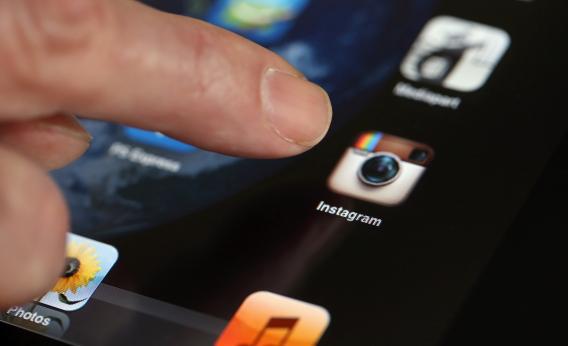If you squint just right, Mark Zuckerberg didn’t lie about keeping Instagram independent.
When Facebook bought the trendy photo-sharing service for a billion dollars in April, he promised Instagram’s users that they’d still be able to share their snapshots on other social networks. Here were his exact words:
We think the fact that Instagram is connected to other services beyond Facebook is an important part of the experience. We plan on keeping features like the ability to post to other social networks, the ability to not share your Instagrams on Facebook if you want, and the ability to have followers and follow people separately from your friends on Facebook.
Today, Instagram pulled support for a feature that allowed its users’ photos to show up nicely cropped and formatted on Twitter. Not mincing words, Instagram founder Kevin Systrom admitted shortly afterward that the eventual plan is to stop the images from showing up on Twitter at all (see video below).
To the untrained eye, it might seem as though Facebook just went back on Zuckerberg’s promise, sacrificing users’ best interests in a cold-blooded grab for ad revenues. This might seem to make perfect sense from a business standpoint. After all, when Instagram users share their photos on Twitter, it’s Twitter that capitalizes on the page views. In short, Twitter has been drinking Instagram’s milkshake. And now Instagram’s taking away the straw.
But no. Speaking at a conference in Paris on Wednesday, Systrom parsed Zuckerberg’s words a little more precisely:
I actually think the original quote by Mark was that we’re going to maintain sharing to Twitter, and that still is true today. I think obviously things change as a company evolves, and I don’t think we ever said nothing would change. We’re always going to be improving the experience for our users.
Ah, yes. Instagram will maintain sharing to Twitter—just not sharing of photos. Instead, Instagram users will now be able to share links on Twitter. Everyone knew that’s what Zuckerberg meant, right?
And by “improving the experience for our users,” Systrom means, of course, sparing them from the inferior experience they’ve been having up until now by sharing their photos on Twitter. “Really it’s just about where do you go to consume that image, where do you go to interact with that image,” he said. “And we want that to be on Instagram.com, because we think it’s a better user experience currently.” Gee, thanks Kevin!
Look, it’s hard to blame Systrom for trying to put the best face on this from the user’s perspective. He was about as honest about the changes as he could have been, short of coming out and saying, “Sorry, Instagram users, but we’re sacrificing your convenience because we can’t afford to keep subsidizing our biggest rival.” And in fact, Systrom did admit that this isn’t “a perfect solution,” but rather “the correct decision for our business at this time.”
He might even be right. As PandoDaily’s Sarah Lacey points out, leveraging Twitter’s network effects made sense for Instagram when it was an independent startup. Now it’s beginning to rival Twitter in popularity by some metrics, and Systrom has grand visions for its future as a major Web presence in its own right—not just a convenient app for posting photos to other social networks. Throw in the fact that its new parent company is engaged in a heated battle with Twitter for ad dollars, and Instagram’s cold-blooded move (Twitter’s Jack Dorsey was an early investor) is almost a no-brainer.
Almost. The downside is that this will almost certainly lose Instagram a significant chunk of users who care more about the ability to share photos to Twitter than they do about applying vintage filters. (Besides, rumors are that Twitter is working on filters of its own.) Meanwhile, those who stay can no longer have any illusions that Instagram remains some magical community isolated from the intense revenue pressures that face its big corporate parent. For Instagram today, as for Facebook, Twitter, and every other social-media site clawing for targeted-ad revenue, the bottom line is the bottom line, and promises about user experience are always subject to revision.
